
The stark divide between “red” Republican-leaning states and “blue” Democratic-leaning states has become a defining feature of modern American politics. This dichotomy, symbolized by the ubiquitous color-coded electoral maps, belies a complex tapestry of cultural, economic, and ideological differences that have taken on an increasingly tribal nature.
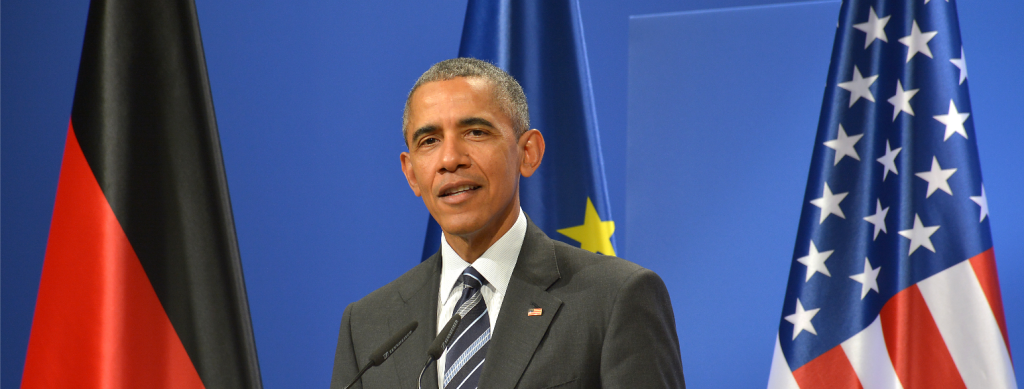
The Cultural Divide
New York, N.Y. In the tapestry of American politics, the colors red and blue have come to symbolize more than just political affiliations. They represent divergent ideologies, cultural values, and economic realities that shape the landscape of the nation. The division between red and blue states is not merely a matter of political preference; it reflects deep-seated differences in socioeconomic structures, governance philosophies, and societal norms.
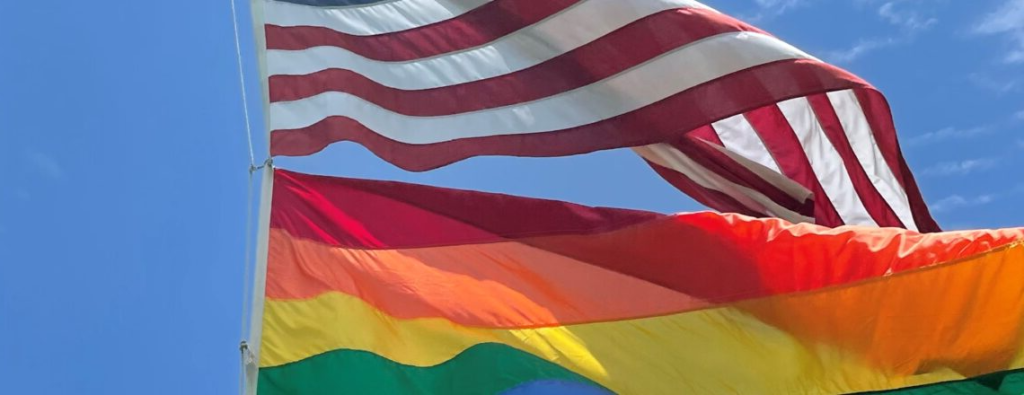
At the heart of the red state-blue state divide lies a fundamental clash of values and worldviews. Red states, predominantly located in the South, Great Plains, and Mountain West, tend to embrace traditional conservative values such as limited government, gun rights, and opposition to abortion.4 These states often have higher concentrations of evangelical Christians and a stronger emphasis on traditional family structures.In contrast, blue states, clustered along the coasts and in urban centers, generally lean towards more progressive values like environmental protection, LGBTQ+ rights, and a robust social safety net.4 These states tend to be more secular, diverse, and oriented towards innovation and technology.
Economic Disparities
The cultural divide is mirrored by stark economic differences between red and blue states. Many blue states, particularly those with major metropolitan areas like New York, California, and Massachusetts, are economic powerhouses driven by finance, technology, and knowledge-based industries.4 These states often have higher costs of living but also higher median incomes and educational attainment levels.Red states, on the other hand, tend to have economies more reliant on agriculture, energy extraction, and manufacturing.4 While costs of living are generally lower, these states often struggle with lower median incomes, higher poverty rates, and lower levels of educational attainment.
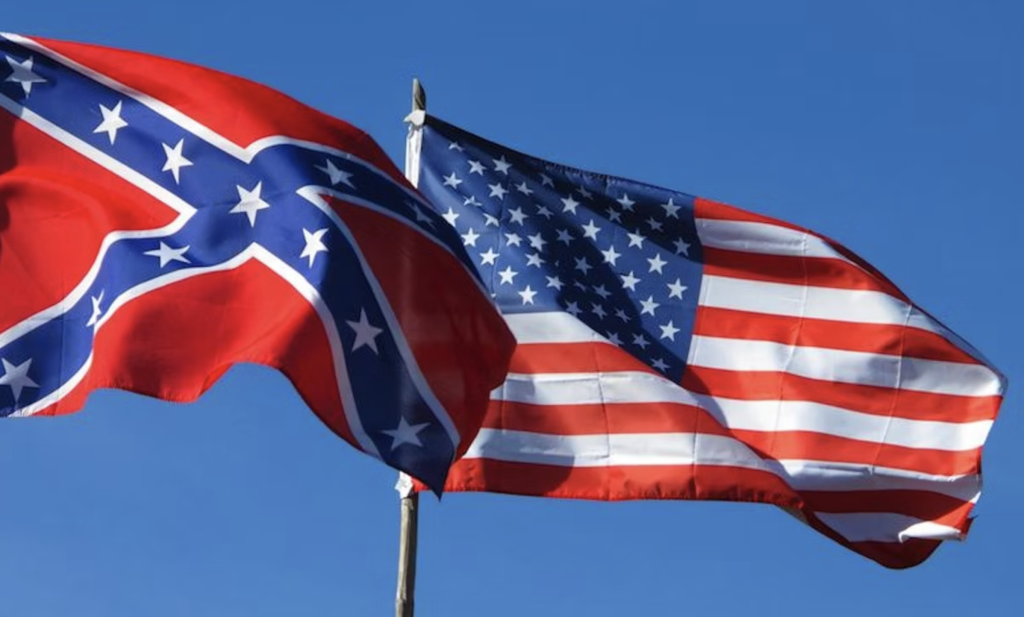
Educational Disparities
The divide between red and blue states is not just a matter of policy preference; it also reflects underlying disparities in education, healthcare, and infrastructure. Red states, particularly those in the South and Midwest, often lag behind their blue counterparts in key indicators of human development, such as literacy rates, life expectancy, and access to quality healthcare. This can be attributed, in part, to lower levels of public investment and a reluctance to expand government programs.
Conversely, blue states tend to prioritize investments in education, healthcare, and infrastructure, viewing them as essential components of a thriving society. Higher levels of public spending on education and healthcare contribute to better outcomes for residents, including higher graduation rates, lower infant mortality rates, and greater access to healthcare services. Additionally, blue states often lead the way in infrastructure development, investing in transportation, renewable energy, and broadband access to spur economic growth and innovation.
Political Polarization
The red state-blue state divide has become increasingly entrenched in recent years, fueled by political polarization and the rise of partisan media ecosystems. As Americans sort themselves into like-minded communities, both physically and virtually, the gulf between red and blue America has widened. This polarization has manifested in stark policy differences between red and blue states on issues like abortion, LGBTQ+ rights, and environmental regulations. Red states have moved to restrict abortion access and limit LGBTQ+ rights, while blue states have taken steps to protect and expand these rights.
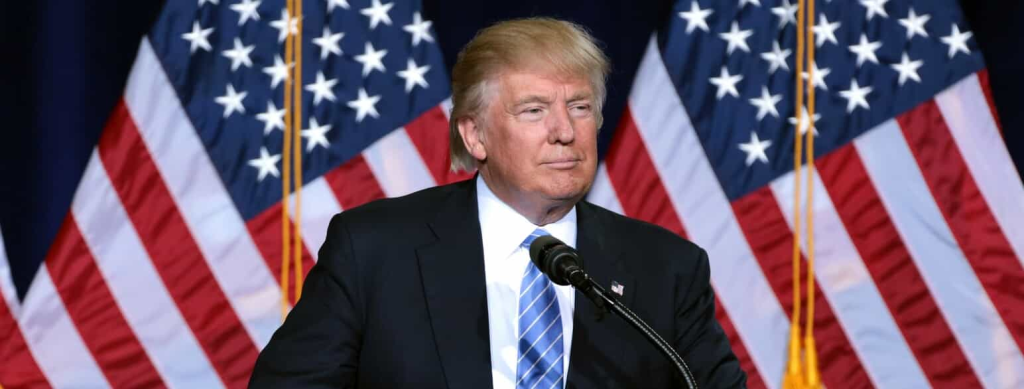
The Economic Impact
The divergence between red and blue states has significant economic implications. Blue states, with their concentration of high-value industries and educated workforces, often serve as economic engines for the nation, contributing disproportionately to GDP and tax revenue. However, this economic clout has also fueled resentment in some red states, which perceive coastal elites as out of touch with their values and concerns. Conversely, red states often rely heavily on industries like energy and agriculture, which are vital to the national economy but may face challenges in a rapidly changing global marketplace. These states have also struggled to attract and retain highly educated workers, exacerbating economic disparities.
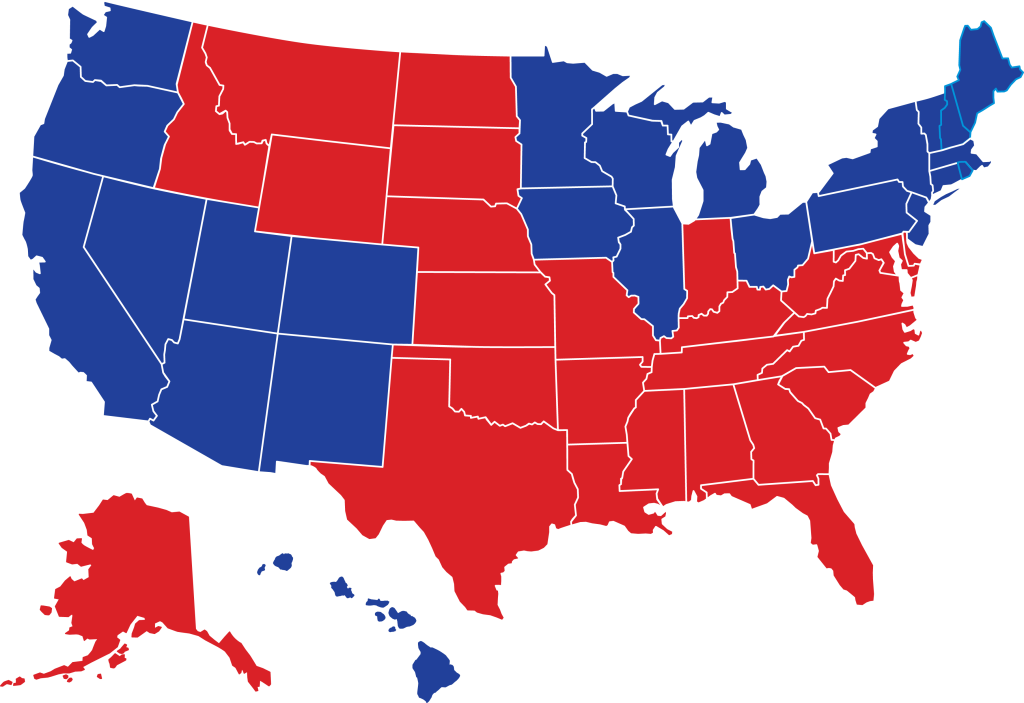
Moving Forward
While the red state-blue state divide has become deeply entrenched, there are signs that this dichotomy may be oversimplifying a more nuanced reality. Many states, particularly in the Midwest and Southwest, defy easy categorization and exhibit a blend of red and blue tendencies.1Moreover, the COVID-19 pandemic and the rise of remote work have accelerated the movement of people across state lines, potentially reshaping the political and economic landscapes of both red and blue states. As the nation grapples with these complex dynamics, it is clear that bridging the divide between red and blue America will require a renewed commitment to understanding and empathy across cultural and ideological lines. Only by acknowledging the legitimate concerns and aspirations of all Americans can we hope to forge a more united and prosperous future.
The contrast between red and blue states reflects deep-seated differences in ideology, culture, and socioeconomic status. While red states tend to prioritize limited government, lower taxes, and traditional values, blue states advocate for social welfare, progressive taxation, and liberal social policies. These divergent approaches to governance have profound implications for economic prosperity, social cohesion, and political stability in America. Despite their differences, red and blue states are united by a shared commitment to democracy and a common vision for a better future. Only by bridging the gap between them can we hope to overcome the divisions that threaten to tear our nation apart.
#Abortion #AccessToHealthcare #Agriculture #America #AmericanAspiration #Americanpolitics #AmericanSouth #Americantribalism #Analysis #Anti-Abortion #ArtificialIntelligence #BetterFuture #BlueAmerica #Bluestates #BridgingDivide #BridgingGap #California #CivilWar #ClashOfValues #CoastalAmerica #CoastalElites #CommonVision #Concern #ConservativeValues #CostofLiving #COVID-19 #CulturalDifferences #CulturalDivide #CulturalLines #Culturalvalues #Culture #Democracy #Democratic #Division #Diversity #EconomicClout #EconomicDifferences #EconomicDisparity #EconomicEngine #EconomicGrowth #EconomicImpact #EconomicImplications #EconomicInnovation #EconomicLandscape #EconomicPowerhouse #EconomicProsperity #Economicrealities #Economy #EducatedWorkers #EducatedWorkforce #Education #EducationalDisparities #Electoralmap #Empathy #Energy #EnergyExtraction #EnvironmentalProtection #EnvironmentalRegulations #EvangelicalChristians #FamilyValues #Finance #Fundamentalism #GayRights #GDP #GlobalMarketplace #Governance #GovernmentPrograms #GraduationRates #GreatPlains #GunRights #HealthcareDisparities #High-ValueIndustries #HumanDevelopment #HumanRights #Ideologicaldifferences #IdeologicalLines #Ideology #Industry #InfantMortality #Infrastructure #InfrastructureDevelopment #InfrastructureDisparities #Innovation #InvestingInBroadbandAccess #InvestingInRenewableEnergy #InvestingInTransportation #InvestmentInEducation #InvestmentInHealthcare #InvestmentInInfrastructure #KeyIndicators #Knowledge-basedIndustries #LGBTQ+ #LGBTQ+Rights #LiberalSocialPolicies #LifeExpectancy #LimitedGovernment #LiteracyRates #LowerTaxes #Manufacturing #Massachusetts #MediaEcosystems #MetropolitanAreas #Midwest #MountainWest #NewYork #NewYorkCity #NYC #Pandemic #PartisanMedia #Polarization #Politicalaffiliation #PoliticalLandscape #Politicalphilosophy #PoliticalPolarization #PoliticalPreference #PoliticalStability #Politics #PovertyRates #Pro-Choice #ProgressiveTaxation #ProgressiveValues #ProsperousFuture #PublicInvestment #PublicSpendingOnEducation #PublicSpendingOnHealthcare #RedAmerica #RedState-BlueStateDivide #Redstates #RemoteWork #Republican #Resentment #Rights #Secular #SocialCohesion #SocialSafetyNet #SocialWelfare #SocietalNorms #SocioeconomicDivide #SocioeconomicStatus #Socioeconomicstructures #Southwest #TaxRevenue #Technology #Technology #ThrivingSociety #TraditionalFamily #Understanding #UrbanCenters #Values #Workforce #Worldview